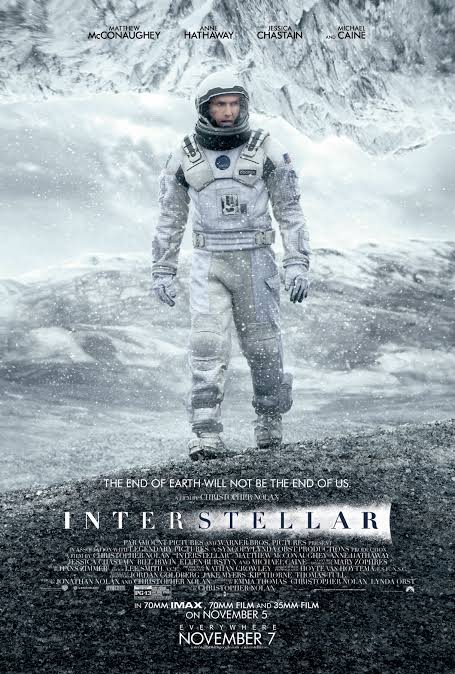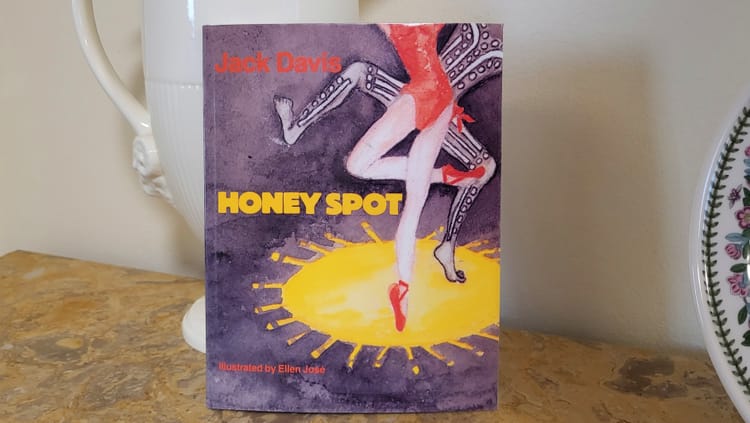The end of Earth will not be the end of us.

By movie critic Ein
Paint yourself in front of a painting of a golden cornfield. The corn looks worth dying for causing you to almost lick it as if it were reality. However, would you like it if you were to eat the corn for the rest of your life? You would lack vitamins excluding vitamin B. To make things worse, dust storms are common contributing to lung disease and long hours of maintenance of the corn. This apocalypse is unendurable thus humans strive to find another planet. This is the plot of Interstellar. The essence of life has vanished, so how can you proceed?
The movie Interstellar is one of the best science-fiction films to watch. Be that as it may, all the notions depicted are not pseudoscience. While enjoying Interstellar, the protagonist landed on Miller’s planet. It is haunted by tremendous waves. On this celestial body, one hour is 7 years on Earth (“Imagine that!”). Miller’s planet is close to a black hole and according to Einstein, higher gravity - caused by the black hole - means slower time and low gravity means faster. Wormholes are also depicted in Interstellar and although there are no gravitational anomalies caused by wormholes, scientists believe there is a possibility that wormholes exist. The science of Interstellar magnetises us but interesting facts will captivate you further.
Christopher Nolan resonates with Star Wars. At the age of 7, Nolan had a penchant of filming some stop-motion clips including a parody called Space Wars. Notable physicist Kip Thorne’s theories inspired the director to make Interstellar. Thorne also cooperated with Christopher Nolan to create the black hole and wormhole. In one scene, Cooper is sucked into a black hole and finds himself in a library. The director was inspired by Borges - a short story writer - who described heaven as an endless library. In addition, the waves portrayed in Miller’s planet extorts the Great Waves. Likewise, Interstellar begins in a far worse climate crisis. Cooper highlights this when saying: “Mankind was born on Earth. It was never meant to die here”. The overall setting also fits in nicely with the mysterious tone of the Interstellar main theme.

The Interstellar soundtrack is found by many to capture the vastness of space. Some consider this to be Hans Zimmer’s best work yet. We can assume Zimmer is inspired by Beethoven’s Moonlight sonata as it is similar to Interstellar’s music. Hans Zimmer is a German composer who has composed countless themes including Top Gun: Maverick, Pirates of the Caribbean, and Harry Potter and the Deathly Hallows. Hans Zimmer has also captured uncertainty and a sense of tragedy throughout the song, as though gravity pulls you. An eerie ring supports the cold feeling when listening quietly: something you would expect from a horror movie. A blurry future surrounds you following a lockdown feeling. The song also feels like leaving home: all these components support the gloomy mood of the film.
Interstellar is stellar: it conceptualises space and family. The hypotheses and the superb music all alludes Interstellar’s impact in the space film industries. The pronunciation of Interstellar itself sounds spiritual, as though like wind blowing hard. The vastness and wonder of space can never be fully acknowledged. It is a pity the Lazarus missions are not reality and a black hole is nowhere near Saturn. Was Earth unable to be saved and did families reunite?





Member discussion